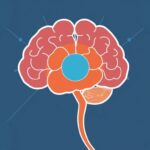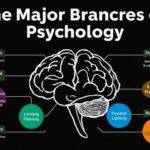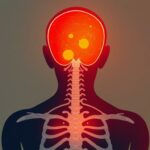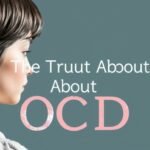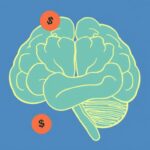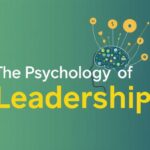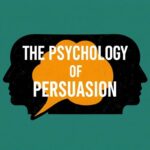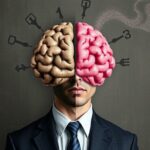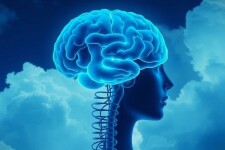Have you ever wondered how we can tell when someone is lying? Maybe you’ve seen a detective twist their finger against their temple or noticed a friend suddenly avoiding eye contact during a conversation. The psychology of lie detection pulls back the curtain on these subtle—and sometimes not-so-subtle—cues people give off when they’re being less than truthful. It’s a fascinating blend of keen observation, scientific research, and a touch of human intuition, helping us decode the tangled web of deception. In this article, we’ll explore the key psychological principles behind lie detection, the most common signs of lying, and how this knowledge applies in areas ranging from law enforcement to everyday interactions.
Understanding the Basics: What Is Lie Detection?
At its core, lie detection is the practice of identifying when a person is intentionally deceiving others. It’s not an exact science, and we don’t have a magic machine that can instantly reveal the truth, despite what you might have seen in movies or on TV shows. Instead, lie detection draws on psychological theories about how our brains work under stress, how our bodies react when we aren’t telling the truth, and how words and behaviors might betray a hidden reality.
From a psychological standpoint, lying requires mental effort. The brain juggles fabricating information, suppressing the truth, and maintaining a consistent story, all while managing the risk of being caught. This cognitive load often leads to measurable changes—both verbally and physically—that trained observers can sometimes pick up on. With this in mind, researchers and practitioners use various tools, from behavioral analysis to technology-assisted methods, to improve accuracy in lie detection.
The Psychological Theories Behind Lie Detection
Before diving into specific signs of lying, it’s important to understand the psychological theories that underpin the field. Several models attempt to explain why and how people lie, and what happens in their minds when they do.
Cognitive Load Theory
This theory suggests that lying is mentally taxing. When someone tells a lie, their brain works harder than it does when telling the truth because they must create false information, remember it, and ensure it fits with other information they’ve given. This extra cognitive load can cause delays in response time or inconsistencies in their story, which can be clues to deception.
Interpersonal Deception Theory
Interpersonal Deception Theory focuses on the dynamic process between the liar and the observer. It implies that deceivers continuously monitor the responses of their listener and adapt their behavior to avoid detection. This ongoing interaction makes lie detection more complex but also opens up avenues to spot discrepancies in behavior or speech patterns.
Emotional Leakage
Emotional leakage refers to the involuntary expressions of emotion that can contradict or reveal true feelings beneath a lie. This concept was popularized by psychologist Paul Ekman, who studied microexpressions—brief, involuntary facial expressions that expose genuine emotions. These microexpressions can be critical in identifying deceit.
Common Psychological and Physiological Signs of Lying
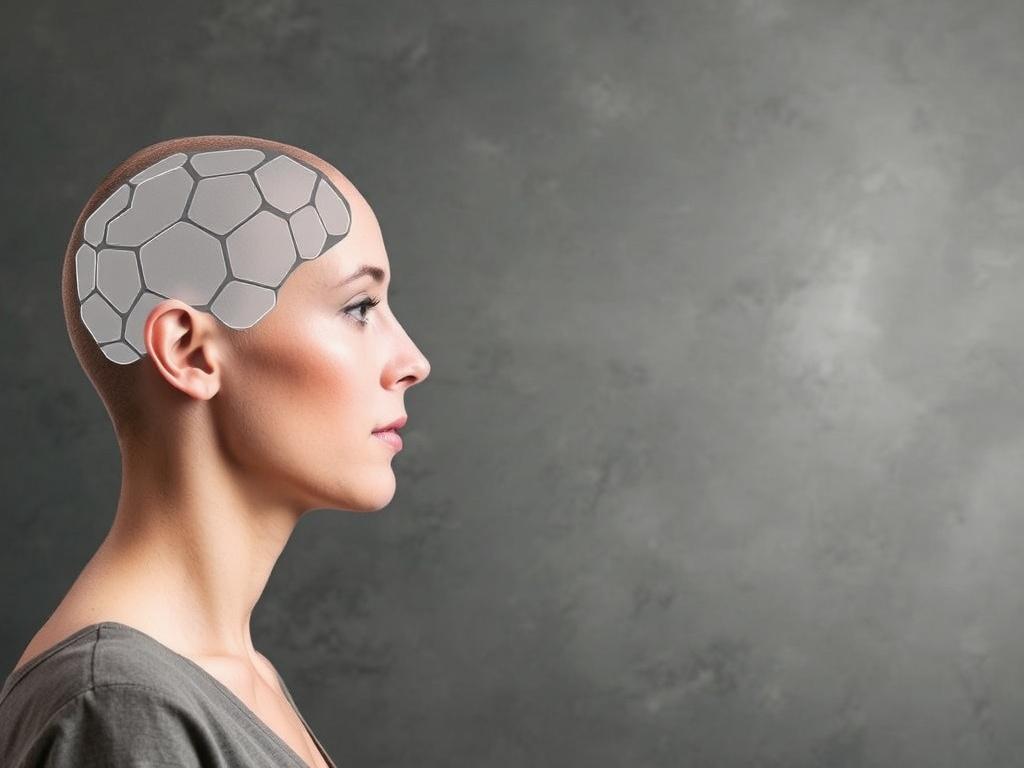
Recognizing deception often involves picking up on subtle psychological and physiological signals. It’s important to remember that none of these signs are foolproof on their own, but a combination of indicators can increase the likelihood of detecting a lie.
Verbal Indicators
- Inconsistencies in the Story: Liars often struggle to keep their story straight. Contradictions or changes in the details can raise red flags.
- Too Much Detail or Vagueness: Sometimes, liars overcompensate by providing an excess of unnecessary detail, hoping to appear credible. Conversely, others may avoid specifics to reduce the chance of being caught.
- Delayed Responses: Because lying requires more mental effort, there can be a noticeable pause before answering questions.
- Avoiding Direct Answers: Deflecting questions or giving ambiguous replies may be a tactic to hide the truth.
Nonverbal Indicators
- Eye Movements: Contrary to popular belief, liars don’t always avoid eye contact; some may even overcompensate by staring intently. Rapid blinking or looking away at key moments can sometimes be cues.
- Facial Expressions: Microexpressions like fleeting signs of fear, disgust, or guilt can betray a person’s true feelings.
- Body Language: Nervous gestures like fidgeting, touching the face, or shifting posture may indicate discomfort associated with lying.
- Voice Changes: Variations in pitch, speech rate, or tone of voice can reflect stress or anxiety linked to deception.
Physiological Responses
These responses are harder to observe without special tools but are central to many lie detection methods:
- Increased Heart Rate: Deceiving someone often triggers a stress response, raising the heart rate.
- Sweating: Lies can cause perspiration changes, leading to damp palms or a clammy feel.
- Breathing Rate: Rapid or shallow breathing may accompany deceptive behavior.
Popular Lie Detection Techniques and Their Psychological Basis
Throughout history, various methods have been developed to help detect deception, many rooted in psychology. Let’s look at some of the most well-known techniques.
The Polygraph Test
Perhaps the most famous lie detection tool is the polygraph, which measures physiological responses like heart rate, blood pressure, respiration, and skin conductivity while the person answers questions. The theory is that lying produces stress-related changes in these indicators. However, the polygraph is controversial—it’s not 100% accurate and can be influenced by factors unrelated to lying, such as nervousness or medical conditions.
Microexpression Analysis
Based on decades of work by psychologist Paul Ekman, microexpression analysis involves studying brief facial expressions that flash across a person’s face, revealing concealed emotions. These involuntary expressions last only fractions of a second but can provide powerful insights into a person’s true feelings, often accessible only to trained observers.
Statement Analysis
Statement analysis is a linguistic approach to lie detection. By carefully examining the choice of words, sentence structure, and the flow of narrative, experts try to spot signs of deception. For example, liars might avoid using first-person pronouns to distance themselves from the lie or use passive language to obscure responsibility.
Behavioral Analysis Interview
This approach involves observing a person’s baseline behavior during neutral conversation, then comparing it to their behavior when discussing the relevant topic. Significant deviations can indicate deception or stress associated with lying.
Applications of Lie Detection in Real Life
Understanding the psychology of lie detection isn’t just academic—it has practical uses in many fields.
Law Enforcement and Criminal Justice
Police officers, detectives, and interrogators use lie detection techniques to uncover the truth during investigations. While no method or indicator can definitively prove deception, combining behavioral cues and questioning strategies can help build stronger cases or identify inconsistent witnesses.
Human Resources and Employment Screening
Many employers incorporate lie detection and behavioral assessments during hiring or internal investigations. Detecting dishonesty about qualifications, experiences, or conduct can save companies from costly mistakes.
Relationships and Everyday Interactions
On a personal level, people use lie detection skills, often subconsciously, to navigate social dynamics. Recognizing insincerity or dishonesty can affect trust and decision-making. However, it’s important to approach this with care—the signs of lying can sometimes overlap with nervousness or stress unrelated to deception.
Security and Counterterrorism
In high-stakes environments like airports and border control, professionals use lie detection techniques combined with behavioral observation to identify potential threats. This specialized application requires extensive training to balance effectiveness and respect for individual rights.
Challenges and Limitations in Lie Detection Psychology
While the science of detecting lies has made impressive strides, it’s crucial to acknowledge its limits.
False Positives and Negatives
Even trained professionals can misinterpret signs of lying. A nervous truth-teller might be mistakenly labeled as deceptive, while a practiced liar could appear genuine. This risk emphasizes the importance of combining multiple indicators rather than relying on a single cue.
The Role of Individual Differences
People vary widely in how they express emotions, handle stress, or control body language. Cultural factors also influence how deception manifests, making universal lie detection more challenging.
Ethical Considerations
Using lie detection raises important ethical questions. Invasive polygraph tests or accusing someone based on behavioral cues alone can violate privacy and harm relationships. Responsible application requires balancing effectiveness with fairness and respect.
Enhancing Your Own Lie Detection Skills
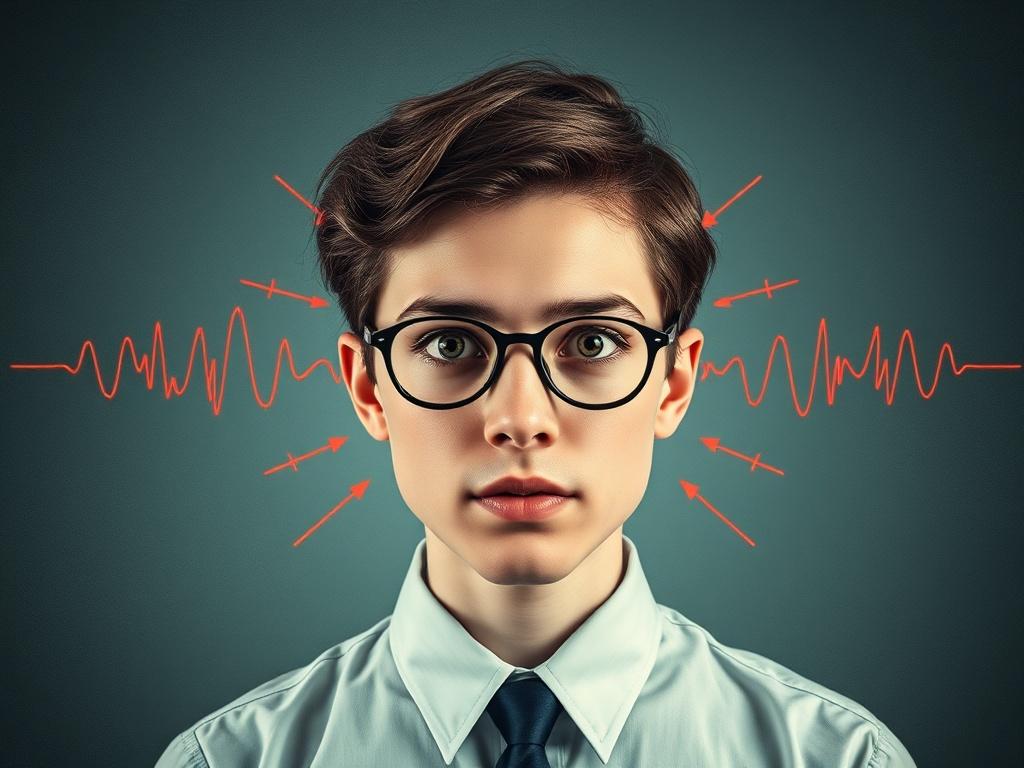
While becoming an expert in the psychology of lie detection takes time and training, there are practical tips anyone can use to become more perceptive in everyday conversations:
| Tip | Explanation |
|---|---|
| Establish a Baseline | Observe how a person behaves when they are relaxed and truthful for comparison. |
| Listen Carefully | Notice inconsistencies, overly vague or too detailed responses, and delayed answers. |
| Watch Body Language | Look for unnatural gestures, shifts in posture, and facial microexpressions. |
| Ask Open-Ended Questions | Encourage explanations, which can expose inconsistencies in a deceptive story. |
| Stay Calm and Observant | Don’t jump to conclusions; gather evidence before making judgments. |
Future Directions in the Science of Lie Detection
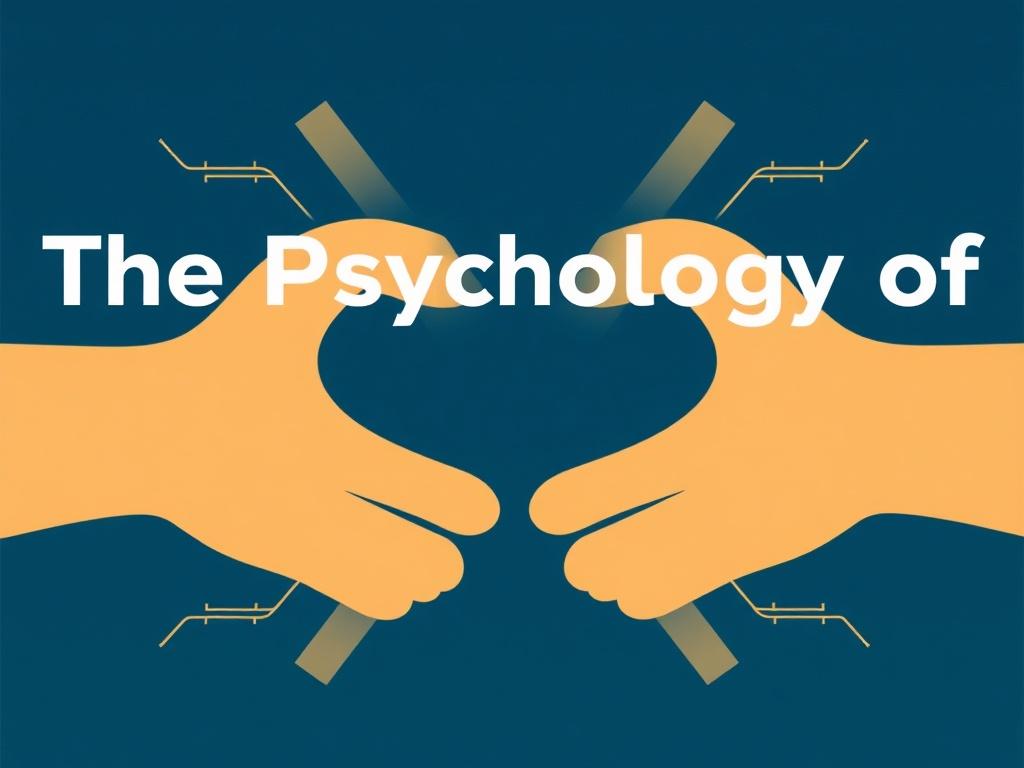
The psychology of lie detection is continuously evolving, fueled by advances in neuroscience, artificial intelligence, and behavioral science. Researchers are exploring technologies like functional MRI to observe brain activity during deception, while AI systems analyze speech patterns and facial cues with growing accuracy. These innovations hold promise for more reliable lie detection but also raise new questions about ethics, privacy, and the interpretation of data.
Additionally, increasing cross-cultural research helps refine our understanding of how deception varies across societies, making lie detection more inclusive and nuanced. In the end, the quest to unveil truth remains a complex human endeavor, blending technology with the timeless art of understanding people.
Conclusion
The psychology of lie detection offers a captivating glimpse into the human mind and behavior, revealing how deception subtly impacts our words, actions, and bodies. While detecting lies isn’t straightforward or foolproof, understanding the underlying psychological mechanisms improves our ability to spot dishonesty and respond wisely. Whether in professional settings or personal relationships, cultivating awareness of verbal, nonverbal, and physiological cues empowers us to navigate social interactions truthfully and ethically. As science and technology progress, the future of lie detection holds exciting possibilities, reminding us that truth is not just about facts but about the intricate dance between mind, emotion, and communication.


